About this course
MERN Stack Integration
The MERN Stack Integration course is a comprehensive program designed to immerse you in the full-stack development process using MongoDB, Express.js, React, and Node.js (MERN). This course is perfect for developers who want to build dynamic, end-to-end web applications with a focus on real-world application and deployment.
Starting with the basics, you'll learn to build a complete MERN application, covering both the frontend and backend aspects. You'll explore how data flows between the frontend React components and the backend Node.js server, designing and consuming RESTful APIs that allow for seamless interaction between the two. The course also delves into critical aspects of web development such as user authentication and authorization, ensuring secure and role-based access to your applications.
Beyond development, this course also covers the deployment of your applications on popular cloud platforms like Heroku, Netlify, and AWS. You'll learn best practices for optimizing and securing your applications in a production environment, ensuring they are ready for real-world use.

Key Highlights:
Master the MERN stack by building a full-stack application from scratch.
Gain hands-on experience in managing data flow and API integration between frontend and backend.
Implement user authentication and role-based authorization using JWT.
Learn to deploy your applications to cloud platforms like Heroku, Netlify, and AWS.
Work on a final project that simulates real-world full-stack development, preparing you for industry challenges.
This course is ideal for aspiring full-stack developers, frontend developers looking to expand into backend development, or anyone wanting to build robust web applications with modern technologies.
FAQ
Comments (0)
Introduction to MongoDB, Express.js, React, and Node.js.
Creating components and managing state.
Designing and setting up RESTful APIs.
Making API requests from React to the Express server.
Handling responses and integrating with the UI.
Understanding the state management in React using hooks or Redux.
Using Axios or Fetch for making HTTP requests.
Managing asynchronous data fetching and handling errors.
Implementing real-time updates (if applicable).
Ensuring data consistency between frontend and backend.
Best practices for designing RESTful APIs.
Structuring endpoints and managing routes.
Creating documentation using tools like Swagger or Postman.
Handling various types of HTTP requests (GET, POST, PUT, DELETE).
Managing state and updating the UI based on API responses.
Implementing user registration and login with JWT (JSON Web Tokens).
Securely managing user sessions and authentication tokens.
Implementing role-based access control.
Protecting routes and handling permissions.
Building and optimizing the application for production.
Configuring environment variables and settings.
Deploying the Node.js and Express application on Heroku or AWS.
Deploying the React application on Netlify or AWS.
Ensuring the application works correctly after deployment.
Setting up monitoring and logging for production environments.

.jpeg)

.jpeg)
.jpeg)



